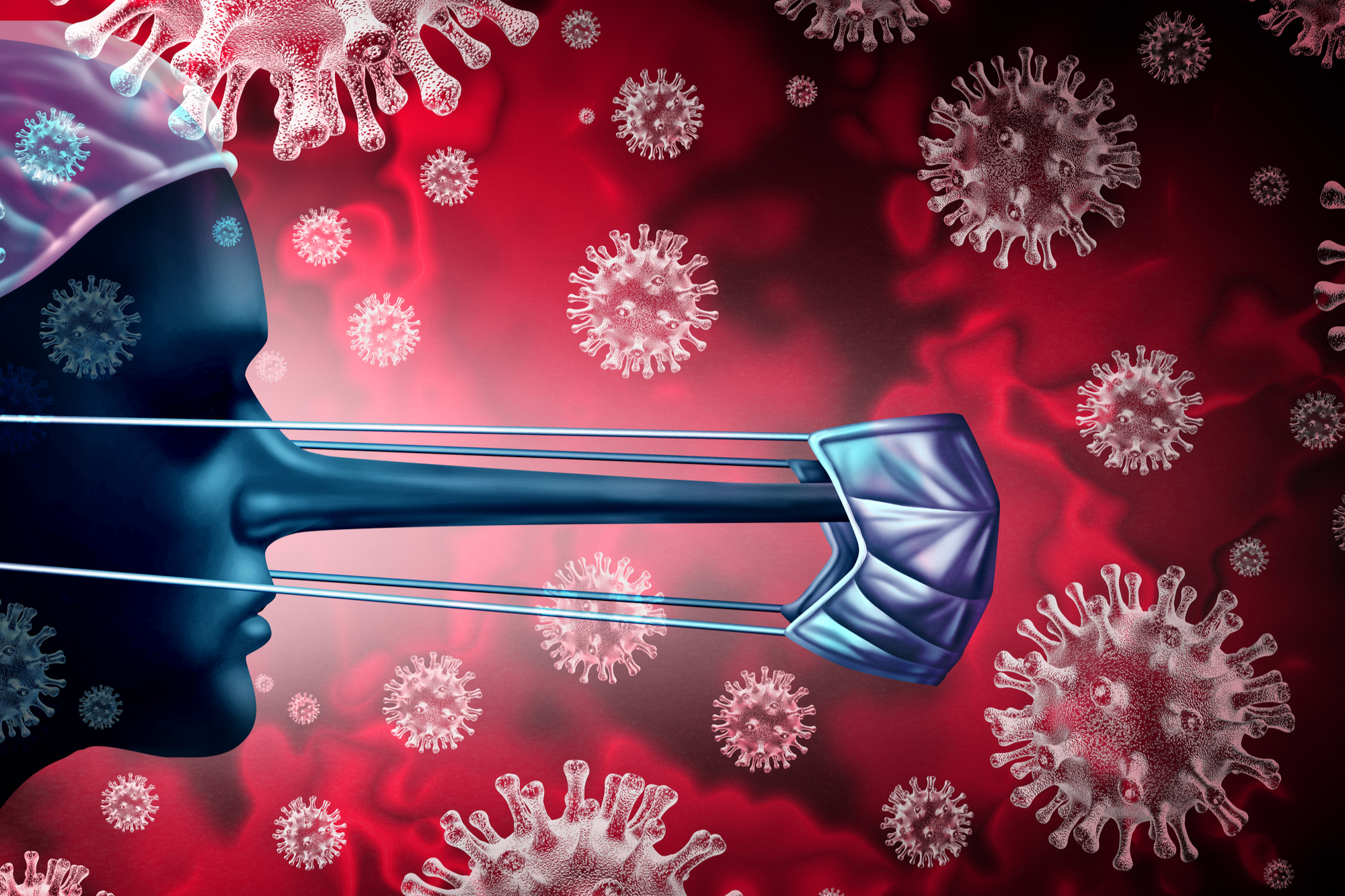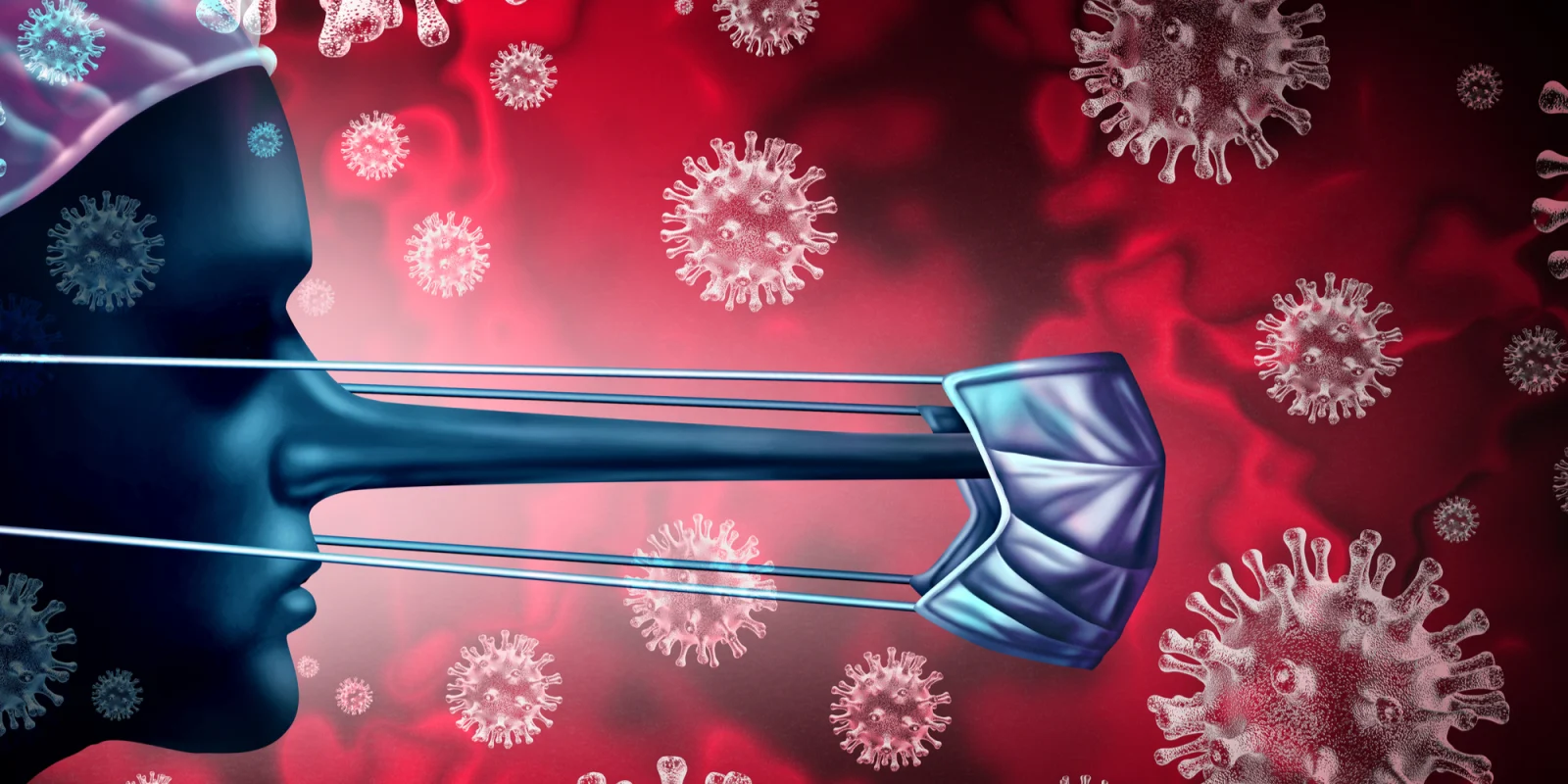 By the very nature of our professions, we put ourselves at some risk whenever we interact with our patients. The level of risk varies due to innumerable factors to include our specific role within health care. As our world is enveloped in a COVID-19 pandemic, we must acknowledge the challenges we deal with time and time again.
By the very nature of our professions, we put ourselves at some risk whenever we interact with our patients. The level of risk varies due to innumerable factors to include our specific role within health care. As our world is enveloped in a COVID-19 pandemic, we must acknowledge the challenges we deal with time and time again.
Over the last 20-30 years, it seems like more and more people seek out medical information from Dr. Google versus health care professionals. My specialty is critical care and, I confess, I have been known to ask Dr. Google before making an appointment to be seen. Fortunately, I have enough education and skepticism that navigating the waters of information and disinformation is second nature. Sadly, I see too many members of our profession failing to master this concept.
In 2014, I was part of the health care team at a community hospital in Dallas, Texas when Ebola-infected patients were admitted. The 24-bed medical ICU was dedicated to the Ebola patients, so other ICU-level patients were sent to the surgical ICU on a different floor. A physician was supposed to see a patient in the surgical ICU and had worked himself into a full-blown panic attack despite never being on the same floor as the Ebola patient. He literally ran out of the ICU without explanation. Many of the ob/gyn physicians rerouted their pregnant patients to other nearby hospitals due to the “risk.” The labor and delivery department was not only on a separate floor, it was in an entirely different building. Conversely, I recall internal medicine physicians complaining about the insane number of faxes requesting transfer of medical records to new providers off-campus.
Those of us who provided ICU-level care were challenged by providing care to two of our own nurses who contracted Ebola from the index patient. Ignorance, hyperbolic media reports and exploitation, combined with the basic human response of fear, created a pervasive undercurrent of stigma and mistrust. Despite the lack of science to support their decisions, public health officials deployed travel restrictions to those of us who provided direct care. Taking it a step further, the New Jersey Health Authority quarantined an RN in a tent. What message does it send when our leaders and policymakers make fear-based decisions themselves?
While visiting southeast Asia recently, I was asked if “this virus thing” was a biological weapon. The smarty-pants in me wanted to respond, “Well, it’s nature’s biological weapon,” but that would have defeated an opportunity to make an impression founded in science. It is a delicate message. It is a fine balance between arming people with the facts, but not creating an environment of fear. Fear leads to panic which leads to normally reasonable people becoming unreasonable primal creatures. With a calm, effective, and united message from all those involved, we can avoid many bad decisions made out of fear. It is human nature to protect oneself when there is a perceived threat from a virus. We can take measured steps to limit the public’s decisions to stigmatize patients, health care workers, or even innocent people who simply appear threatening. I have a healthy respect for virulent pathogens and would not think twice about taking care of infected patients — provided proper protocols are in place. It would give me pause to subject myself and my family to the social stigma and shunning we all experienced in 2014.
We need to respond to COVID-19 — and other novel and virulent pathogens — by focusing on reasonable public health efforts, caring for sick patients, and tamping down all misinformation. This is challenging with a novel virus as the very nature of an emerging disease forces us to figure some things out along the way. It does not help that over the last couple of days we have received conflicting information from our national leadership.
If you are reading this article, there is a high likelihood you are a health care worker or allied health professional. I suspect you are someone who people use as a resource for information. What if we each took the time to arm ourselves with the facts and empower our patients to make non-fear based decisions? What if we created a grassroots movement to quell the fears of our communities? What if we used patient portals to send information directly to our patients? It is imperative we honor the oaths we took to do no harm. Part of doing no harm is stopping the spread of misinformation and arming our patients, family, and friends with fact-based information. This needs to be done from the ground up. Social media and misinformation are pervasively undercutting us. This is a time when we should be asking younger professionals to utilize their social tools such as Snapchat and Instagram to spread the word on their personal profiles. I entreat you to examine the options available to you as an individual professional. What can you do today to arm your patients with vital information? If they are not getting the information from you, where are they getting it? The emergence of COVID-19 should embolden all of us to supplement the public health needs of our nation.
Nanci is an active Acute Care NP. She also has a Doctorate of Health Science. She was part of the team who took care of the Ebola Patients In Dallas. This article was written with Danielle Bass (EMT) who provided Critical Incident Stress Debriefings to the teams who took care of patients, when Ebola patients were admitted to a community hospital in Dallas. We have no conflicts of interest to disclose.
Image by Lightspring / Shutterstock
Click here to see more perspectives on COVID-19 from the Doximity network.






